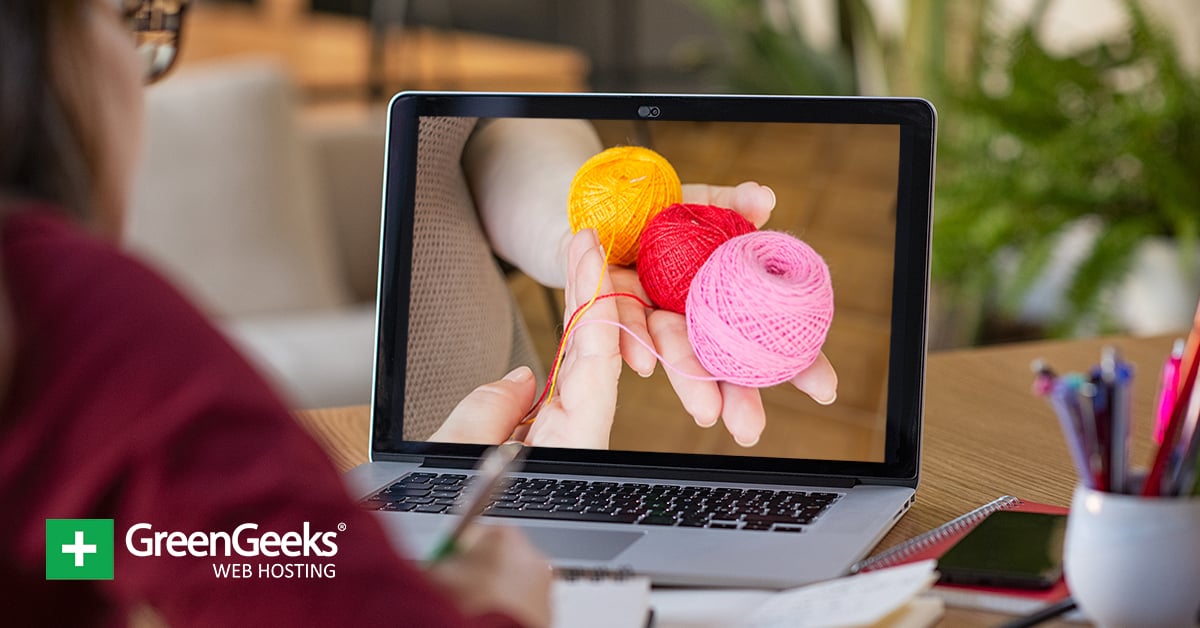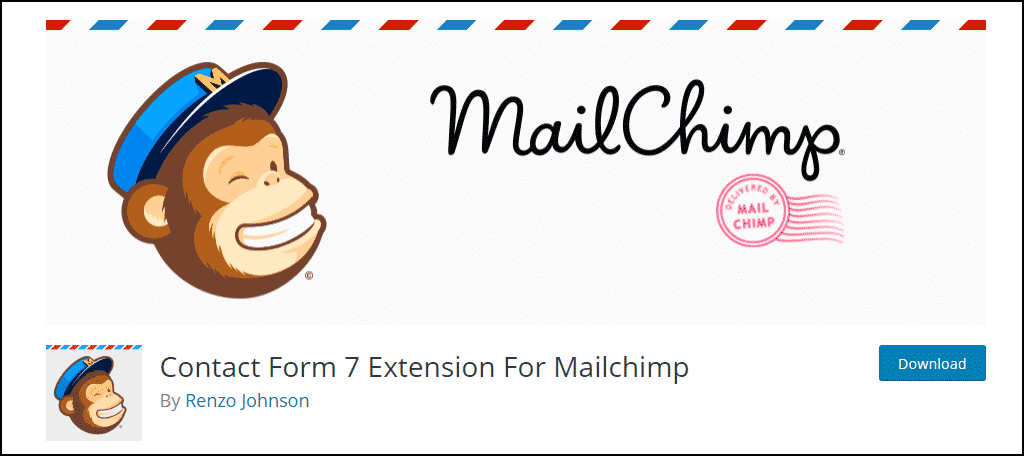
If you love knitting and have considered starting your own knitting blog, your timing couldn’t be better. People have been knitting for fifteen hundred years, so it certainly has a long and rich history.
In the 1960s and 70s, knitting’s popularity declined as youth culture went through dramatic changes. In the latter half of the 20th century, many young people lost interest in knitting. It was seen as something grandma did to pass the time.
But the growth of the internet and DIY activities sparked a renewed interest in knitting. As people become more interested in sustainability and crafting things with their hands, interest in knitting is booming.
More than 80% of knitters consider themselves beginners or rate their skills as intermediate. And while they primarily shop in “brick and mortar” stores, they do their pre-shopping research online.
That makes knitting blogs a hot commodity, with a broad potential audience (almost 30 million people in the U.S. alone).
How to Start a Knitting Blog
When starting a blog of any kind, it’s useful to ask yourself what is unique about your ideas. Are you interested in a particular style of knitting, or in using unusual materials? Are your end products unusual? Do you live in a small, isolated town, or on the other end of the spectrum, a large city?
Thinking about these things gives you ideas for a unique starting point, something that can set your blog apart.
Everything you write doesn’t necessarily have to fall in line with what makes your blog unique. But there should be something there that will make a first-time visitor think, “Oh, that’s interesting.”
Whether it’s an approach to process or materials or even your unique qualities as a person.
Once you have an idea for a direction to take, it’s time to get down to the nuts and bolts.
Choosing a Domain Name and Web Host
Whether you’re starting a blog about knitting, crocheting, or other fiber arts, your blog’s home is an important consideration. If you want to create a professional-looking blog, you’ll want your own website and domain name.
We’ll talk about the domain name in a minute, but first, which web host should you choose? Allow me to recommend GreenGeeks.
I’m also going to recommend using WordPress for your blog, and GreenGeeks hosting is optimized for WordPress. Not only that, but GreenGeeks is also driven by renewable energy. If your blog touches on sustainability, you won’t find a better host.
GreenGeeks is the perfect home for a WordPress blog, and there’s top-notch technical support if you need a helping hand. Now let’s talk about choosing a domain name.
When you thought about the unique angle for your blog, you probably thought of some words or phrases. Maybe things you’d like to name your blog. Those words, or some combination of them, can make up your domain name.
If they’re common words, the domain you’d like may not be available. Keep combining and experimenting until you find a domain that is available to register. If your unique angle is yourself, consider using your name in the domain name.
Where can you check whether a domain is available? How about in the GreenGeeks order form. 😉 Oh, did I mention that GreenGeeks will register a domain for you and cover the cost for the first year? It’s true.
Okay, that takes care of where your blog will live. So let’s move on to what you can use to create it.
Why WordPress Is Perfect for Your Blog
Not only is WordPress behind just about every blog there is, but a third of all websites are also built on it. The people have spoken! Well, the reality is millions of websites and blogs rely on WordPress because it makes creating a blog easy.
It’s easy to install and customize. Anything you want your knitting blog to do, WordPress can do it. When I say it’s customizable, that may be an understatement. The ecosystem that’s grown around WordPress is massive.
There are tens of thousands of themes and plugins you can use to tailor WordPress to your needs. Themes control the appearance of your blog. Plugins extend its capabilities.
WordPress Themes and Plugins for a Knitting Blog
It’s kind of remarkable, but of the tens of thousands of themes available for WordPress, none are custom made for a knitting blog. Take note of that, theme developers. There’s an untapped market out there.
But don’t let the lack of knitting-specific themes deter you. Here are a few themes that can give your knitting blog a solid running start.
Neve

Neve is clean and modern, easy to use, and free. It’s compatible with many popular page builders, like Elementor, so you can easily create great-looking posts and pages. It’s responsive, so your blog will look good on any device.
If you don’t use a page-builder, Neve is also Gutenberg compatible. That’s the built-in WordPress block editor. There are more than 80 website templates that you can import to get your blog started.
GeneratePress

GeneratePress is a simple theme that will do justice to all types of knitting blogs. It has a modern, minimalist appearance, a full-width header, and a footer ready for widgets. GeneratePress also boasts an impressive array of layout control features.
ColorMag

ColorMag is a theme made for online magazines and newspapers, but the format works to highlight any collection of articles. Modern and well-organized, with social links, colorful tags, widgets, and sliders.
As far as plugins that are made for the needs of a knitting blog, again, there’s nothing specific out there. But every blog can be enhanced by certain plugins. Let’s take a look at a few you may want to install.
AddThis

AddThis is the best way to quickly create attention-getting share buttons. You might also want to check out their recommended posts plugin.
Photo Gallery

Photo Gallery increases your image layout options. Create galleries and albums with intuitive navigation and beautiful presentation. Choose from different views like slide show, thumbnails, image browser, extended and compact album. If your blog will include a lot of pictures, Photo Gallery is the ultimate way to show them off.
Chimpmatic Lite

Your blog needs a form to collect email addresses. Building a mailing list is one of the best ways to engage your readers and promote your articles. I recommend Mailchimp to manage your mailing list. It’s free for up to 2,000 subscribers and has a lot of useful email building tools.
NOTE: This plugin requires that you also install the Contact Form 7 plugin. That will create the sign-up/contact form for your blog. Then Chimpmatic connects your blog contact form to Mailchimp. Install Contact Form 7 first, then the Mailchimp plugin.
Spreading the Word
Creating your blog and writing articles that will keep your visitors coming back is just the beginning. Once you’ve done that, you have to let potential readers know your blog exists.
The best way to do that is via social media. And the best social media sites for a knitting blogger are Instagram and Pinterest.
If you already have Instagram and Pinterest accounts, open new accounts using the name of your blog. (If you have thousands of followers on your existing accounts, use them! No need to reinvent the wheel.) Post images regularly. Interact with your followers. Add your blog URL to your bio and all of your posts.
Once you’re set up with Instagram and Pinterest, head over to Ello and set up an account. I know you’ve never heard of Ello, but you have to trust me on this one. Ello caters to visual artists with a format that emphasizes images. If you post and engage there, the Ello users will visit your blog.
Time to Cast Off
Now you’ve got all the tools you need to create an awesome knitting blog. Of course, most of the awesome part is up to you. But it’s easier to build on a solid foundation, and hopefully, now you have that layout. Good luck; keep those needles clicking.
